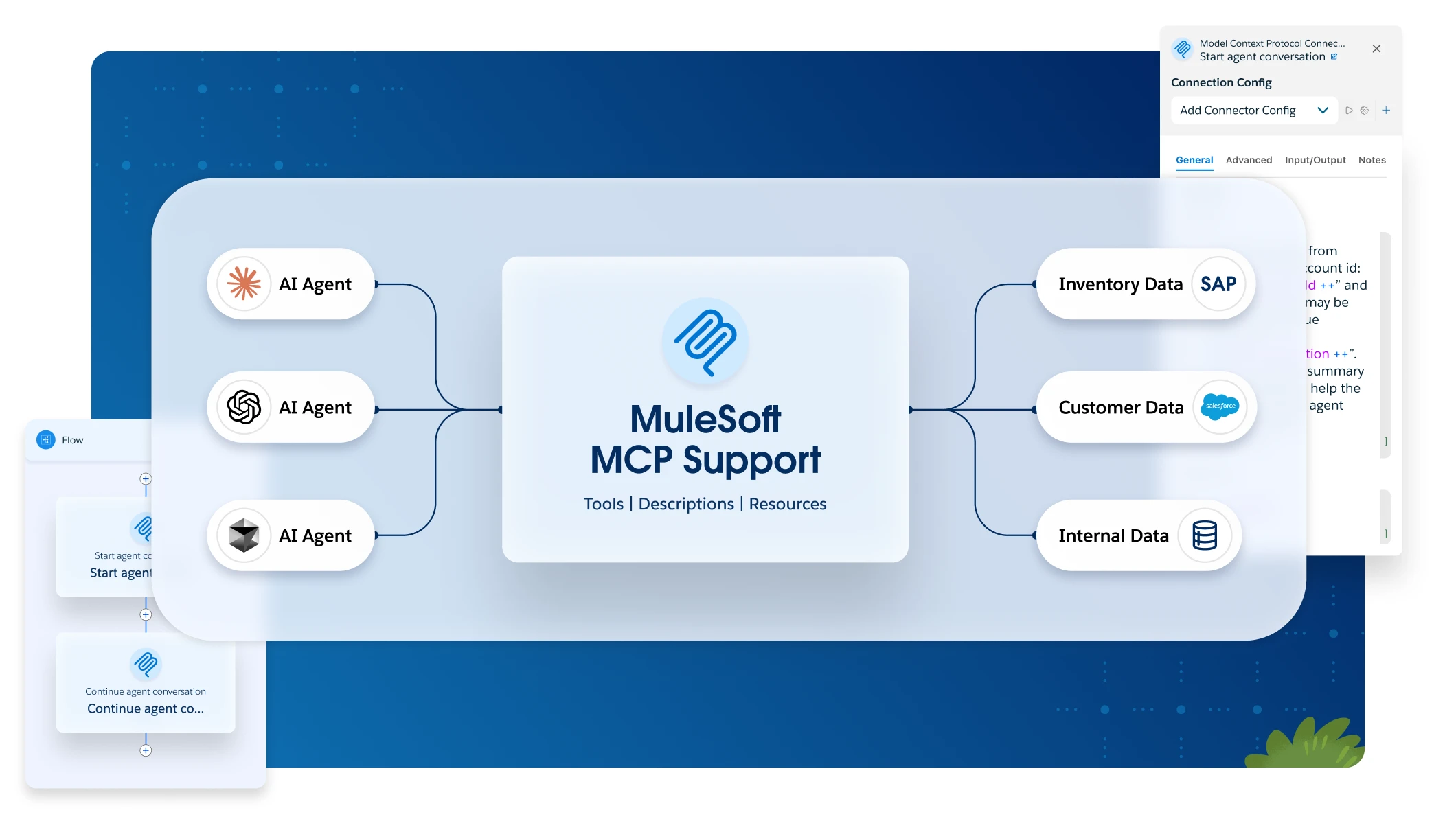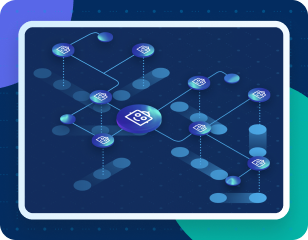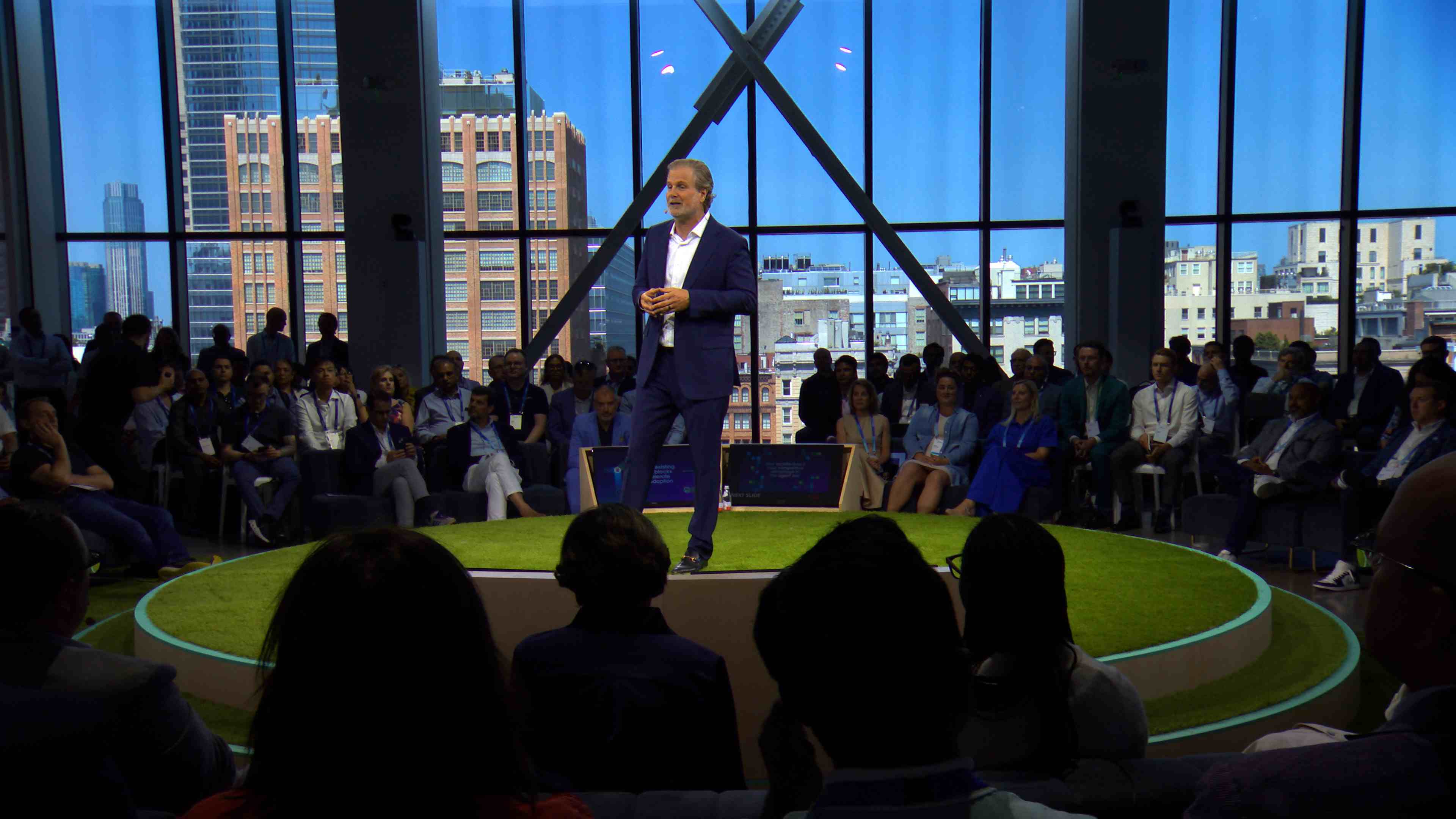As artificial intelligence continues evolving, companies are learning that implementing AI agents are key to greater business success. But simply knowing that isn’t enough information. So what’s the one factor that can make or break your agentic strategy? The answer lies in seamless integration and robust backend connectivity.
By ensuring AI platforms are not only intelligent and adaptable but also deeply connected to your enterprise applications, businesses can deliver truly seamless, human-centric digital experiences.
Agentforce enables organizations to design, customize, and deploy AI agents at scale across critical business functions like sales, service, marketing, and commerce. By integrating Agentforce with an agentic architecture powered by MuleSoft, businesses can unlock the full potential of AI agents, delivering intelligent, connected, and transformative outcomes at scale.
We’ll explore:
- What makes AI agents different in transforming human-centric experiences
- The current AI market trends and insights on the adoption of AI agents
- What an agentic architecture is and why it matters
- How MuleSoft enables agentic architecture through a unified platform of API management, integration, and automation capabilities
What’s different about AI agents?
An AI agent is an intelligent system that can understand and respond to inquiries without human intervention. They rely on machine learning and natural language processing (NLP) to handle a wide range of tasks, from answering simple questions to resolving complex issues and even multitasking. This makes AI agents ideal for handling a wide range of customer service tasks autonomously, such as making product recommendations, troubleshooting problems, and engaging in follow-up interactions. This frees up human agents to focus on more complex and value-added activities.
AI agents are specialized and that an enterprise will have many AI agents over time operating across multiple business domains. These AI agents will need to be organized, managed, and governed across the enterprise architecture to manage risks and maximize value.
AI market trends and insights
The latest MuleSoft 2025 Digital Transformation Trends report highlights the growing significance of autonomous agents and multi-agent architectures, including the following:
- The autonomous digital enterprise: Organizations will adopt AI-powered “houses of agents” to support human workers by automating repetitive tasks, enabling employees to focus on higher-value activities. APIs and integration strategies will be crucial for AI agents to seamlessly interact with systems, data sources, and workflows.
- Proliferation of autonomous agents: Autonomous agents will emerge as central to AI strategies, independently managing tasks and workflows. Successful implementation will depend on robust integration frameworks and tailored data sets for efficiency and relevance.
- Governance: As multi-agent systems grow, robust governance frameworks will be essential to mitigate security risks and manage API sprawl. Platforms will need built-in guardrails to securely connect agents and protect sensitive data.
- Establishing foundations: Composable architectures are essential to enable businesses to integrate capabilities and data sources dynamically, fostering a more connected and efficient digital ecosystem.
These insights highlight that successful AI strategies rely on seamless API management, integration, automation, and governance capabilities to support an agentic architecture.
What is an agentic architecture?
An agentic architecture can be defined as a system design or framework where individual AI agents operate autonomously, yet collaboratively to achieve a larger business outcome or goal. There are a number of key characteristics associated with an agentic architecture, including:
- Autonomy: Agents are capable of making decisions and performing tasks independently. Agents have their own goals, data and processing capabilities.
- Collaboration and coordination: While independent, agents are designed to work together while exchanging information or services to achieve a collective outcome. Agents support dynamic interactions and are able to negotiate and adapt.
- Adaptability: An agentic architecture is flexible, allowing agents to adapt to changing conditions or new requirements, which is beneficial in environments where uncertainty or variability is high (e.g. disruptions in supply chains, managing demand for the launch of new products, etc.).
- Decentralization: Unlike traditional centralized architectures, agentic systems distribute control, reduce bottlenecks and single points of failure. Decentralized decision-making reduces latency and increases responsiveness.
As outlined in Figure 1 below – and working from bottom up – let’s look at where AI agents sit within an enterprise in terms of the architecture layers.
Complex architecture
Enterprises traditionally have applications which are closely coupled and interconnected through point-to-point integrations with data often being locked away, siloed and hard to reach. This makes organizations inefficient and slow to respond to market threats and opportunities.
Composable architecture
Our answer to this complexity is the composable architecture, where highly reusable building blocks in the form of MuleSoft APIs and automations are available to deliver seamless connected digital experiences. These building blocks are business-oriented and they abstract complexity away from the underlying systems. They are managed, governed, change-agile, designed for reuse, and are secure by design.
Agentic architecture
The composable architecture provides the digital foundation for the emergence of an agentic architecture whereby AI agents, through Agentforce and MuleSoft AI Chain, provide the capability to deliver seamless frontend human-centric experiences.
Human-machine interaction
AI agents are able to listen and engage with humans and respond with insights grounded in the right data (e.g. where is my order? when will it be delivered?). These agents are also able to take action based on human input (e.g. have the order delivered to a different address, arrange for the order to be installed after delivery, etc.).
Trust and security
All of these interactions need to be managed and secured to ensure data is protected while enforcing zero-trust security throughout the service chain. This is needed to mitigate against the risk of cybersecurity attacks and to keep all data safe in line with data privacy, compliance and security requirements.
To help make this real, composable building blocks enables an Agentforce customer service agent to pull order details, account data, and product information from various systems, autonomously respond to customer queries, and seamlessly escalate unresolved issues to human agents. By integrating MuleSoft’s API management, automation, and integration capabilities, organizations can build an interconnected agentic system that drives human-centric outcomes.
Scaling AI agents across the enterprise
While this sounds great in terms of supporting customer-centric experiences, what about AI agents operating across the rest of the enterprise? As shown in Figure 2 below, an enterprise can be split into a number of high level business domains.
In the customer domain, Agentforce agents can operate across sales, service, marketing and commerce use cases. Here, MuleSoft can provide these agents with access to external system data and also allow them to autonomously take action across any of these systems based on human input.
There are also other domains across the enterprise where other AI agents would operate, e.g. HR, Finance & Accounting, Product Development/R&D, Supply Chain & Operations, etc. Here, MuleSoft can provide these AI agents with access to data from other domains or invoke AI agents running on the Agentforce platform based on a defined trigger or condition.
MuleSoft AI Chain extends MuleSoft beyond the Salesforce ecosystem by allowing organisations to build and manage AI agents that integrate with various systems and data sources. This open-source initiative provides a suite of connectors that facilitate seamless interaction with large language models (LLMs), vector databases, APIs, and other AI services. MuleSoft AI Chain enables the development of AI-driven applications, such as chatbots and virtual agents, across various business domains containing diverse applications, platforms and environments.
Looking ahead, multi-agent interoperability and communication will soon be a reality in terms of orchestrating and managing AI agent interactions across multiple business domains. This will allow agents to execute complex workflows collaboratively to achieve business outcomes and goals.
Your agentic architecture awaits
Adopting an agentic architecture is the key to enabling seamless, intelligent, and human-centric experiences at scale. A composable architecture is not just an enabler but an essential catalyst, equipping enterprises to thrive in an AI-driven future by aligning technology with strategic goals. MuleSoft’s integration, API management and automation capabilities are the key pillars of the composable architecture allowing agents to access relevant data and take action based on human input.
Are you ready to supercharge your AI adoption with embedded trust and security to accelerate delivery against your business strategy? Leverage the combined capabilities of Agentforce and MuleSoft to drive innovation, enhance operational efficiency, and deliver superior customer experiences.









